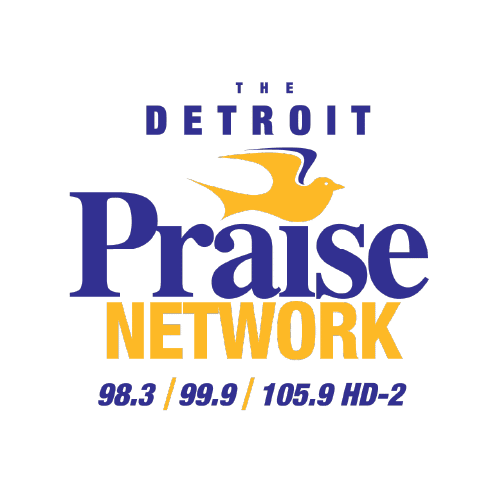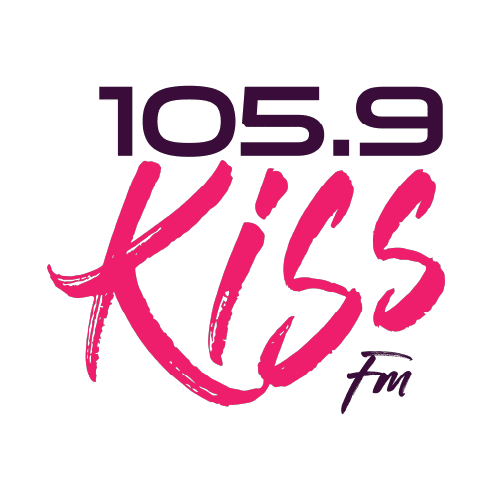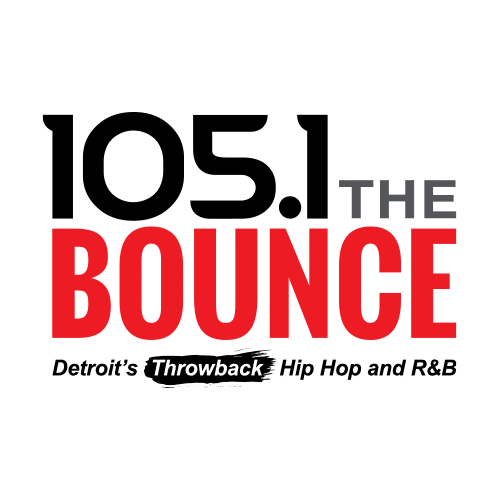Radio Advertising in Detroit
Up to 92% of Detroit locals listen to their local radio stations when commuting to work or school, at their desk or home while puttering around the house. People come to trust the radio’s DJs and newscasters, feeling connected with their favorite radio personalities. Trust builds confidence that the local radio ads they’re hearing are legitimate and reputable. Our dedicated team at Beasley Media Group will work with your goals and help you establish your radio advertising campaign to drive brand awareness to your Detroit business.
Why You Should Consider Radio Advertising for Your Business
Radio advertising is promoting a business through audio commercials broadcast on radio stations. Radio advertising can be broadcast in the following ways:

Over the Air via a Traditional Terrestrial Radio Station

Over the Air via a Satellite Radio Station

Online Through a Radio Station's Website or App
Why Choose Radio Advertising?
The amount and diversity of people who listen to the radio create a broad reach for your business ads. Radio ads are cost-effective compared to television ads, digital ads, video ads and direct mail, especially for small or midsize Detroit businesses. With targeted local radio ads developed by Beasley Media Group, you can attract new customers or remind existing ones of promotional deals or sales specials. Spending money on radio advertising is a savvy way to get a return on investment for your unique business.
A 2024 study found radio to be the most trusted mass media. With 80% of adults declaring it trustworthy, radio beat out newspapers, television, magazines and social media. The survey also noted that adults of all ages trust radio.
Since consumers trust radio, they are more likely to trust the brands that advertise on their favorite stations. When consumers trust you, they are more likely to purchase your offerings and advocate for your brand.
With more than eight out of 10 Americans listening to terrestrial radio each week, the bulk of radio fans are locals. This makes advertising on the radio an excellent way for you to connect with consumers in Detroit. If your business primarily targets consumers in your community, radio’s unmatched local reach is hard to resist.
Radio is a diverse medium that helps you reach all kinds of consumers. Different radio stations and programs appeal to different demographics, so make sure you advertise when and where your target audience listens. Consider a specific audience when you’re developing your radio advertisements so you can launch campaigns that resonate with listeners.
Analyzing station formats and audience profiles can help you find the right match. If you want to promote your products to middle-aged consumers in Detroit, you could advertise on 105.7 WROR, which plays music from the 80s and 90s.
Radio remains one of the few free media platforms. It means that when you advertise on the radio, you’re advertising to everyone, not just those with a subscription. While the accessibility benefits all businesses, it’s especially suited to those with a tight budget for advertising.
A 2024 Nielsen report found that the average American spends more than 164 minutes listening to ad-supported radio every day. Long listening periods provide plenty of opportunities for locals to hear your radio advertisements.
More than two-thirds of Americans’ radio listening happens outside the home, when they’re in the car, at work or running errands. This brings people closer to businesses like yours, making it easier for them to respond to the local radio ads they hear.
Unlike other advertising, which takes a lot of time to develop, radio advertising agencies like Beasley Media Group can create and broadcast ads in days or even hours. This quick turnaround makes us well suited to businesses seeking a flexible advertising option. If you have a time-sensitive promotion or an unexpected turn of events, radio advertising with us can help you get the word out fast.
As a business decision-maker, you always have to think about the bottom line. So it’s pleasing to know that our radio spot production and placement services are more cost-effective than advertising on television or magazines. If your business has a limited marketing budget or simply wants great value, radio advertising is a winner.
Where Can You Air My Local Radio Ads in Detroit?
Our extensive radio network can help you advertise your business to locals or the entire nation. Here are some of the Detroit radio stations that could air your next ad campaign:

Playa Detroit
Spanish CHR | 105.1 HD2 | 93.5 FM

WCSX-HD2
Podcasts | WCSX-HD2

WDMK-HD2
Contemporary Christian | 93.5 | 98.3 | 99.9 FM

WCSX
Classic Rock | 94.7 FM

WDMK
Old School R&B | 105.9 FM

WMGC
Throwback Hip-Hop and R&B | 105.1 FM

WRIF
Rock | 101.1 FM
If you need guidance, our Detroit team can help you choose the perfect marketing mix and stations for your business.
Types of Radio Advertising
Prerecorded radio advertisements are audio-based ads that are recorded ahead of their broadcast. Many companies prefer these advertisements because they can maintain control of the advertising voice and content for consistent branding. Some types of prerecorded radio advertisements include:
- Jingle advertisements: These ads showcase a catchy, memorable song that promotes the business.
- Personified commercials:These ads feature characters that act out a story, bringing the business's message to life.
Radio Live Reads
The radio host or disc jockey reads the advertisement to listeners live on air. A radio live read can feel more natural than a prerecorded advertisement, as it's delivered by someone listeners are familiar with. If the radio host is well known or well liked, a radio live read can also build trust in the brand.
Radio Sponsorships
Businesses can pay radio stations a sponsorship fee in exchange for acknowledgment on air and promotional opportunities. They could sponsor the entire station, a specific program or a radio segment, such as traffic reports or a competition. Over time, businesses become closely associated with the stations they sponsor, building strong brand awareness.
Radio Testimonials
Radio testimonials are endorsements broadcast on air from people who've used your business. Some may be radio personalities or the station's listeners. With 88% of people saying they trust customer recommendations, radio testimonials can be a powerful way to build a good reputation.
Get Radio Advertising Rates
You can easily advertise your business on a Detroit radio station. Contact us at Beasley Media Group to learn more about our radio advertising services and rates for time slots. You can also listen to sample radio spots to get a better understanding of what your brand would sound like when being promoted through radio. One of our advertising specialists will work with your specific Detroit business needs and create the perfect radio advertising campaign to help increase brand awareness, drive online sales, and help connect locals to your business or company.
